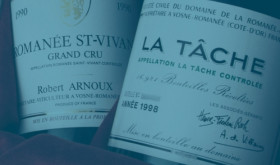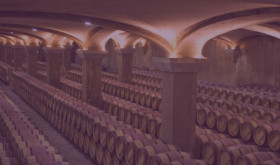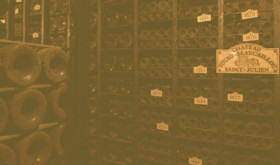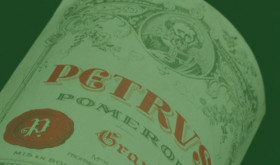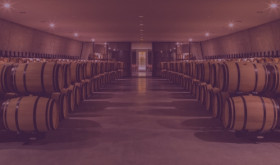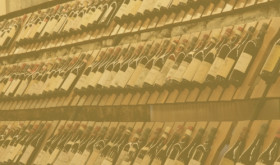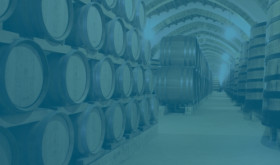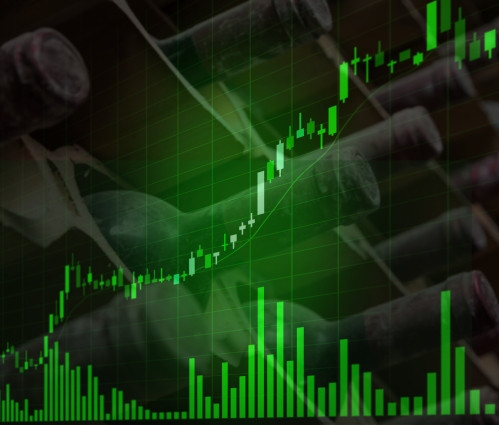
- Diversification is a risk management strategy that involves spreading investments across various financial instruments, sectors, and regions.
- It is not just about different sectors and asset classes but also about different revenue streams.
- Fine wine can serve as a practical alternative investment, providing portfolio diversification and being a hedge against inflation.
Understanding diversification
Diversification, often referred to as the only ‘free lunch’ in investing, is a cornerstone of modern portfolio theory. At its core, it is a risk management strategy used in investing where one spreads their investments across various financial instruments, sectors, and regions.
The goal of diversification is to mitigate risk by reducing the negative impact of a poor-performing investment on the overall portfolio. This is achieved by investing in assets that are not perfectly correlated. In simpler terms, when some investments are down, others may be up.
Debunking the diversification myth
A common myth in investing is that diversification only means investing in different sectors, asset classes, and locations. While these are significant aspects of diversification, it is not the whole story.
The essence of diversification is about establishing multiple revenue streams. The importance of different revenue streams cannot be overstated. The reason being, if one stream suffers due to economic downturns or sector-specific issues, the impact on the total income is cushioned by the performance of other streams. It is all about not putting all your eggs in one basket.
For instance, consider an investment portfolio that has stocks, bonds, and real estate investments. Even if the stock market faces a downturn, the bond market may still perform well, and rental income from real estate could continue to provide stable income. This way, different revenue streams ensure the portfolio remains balanced and resilient in the face of volatility.
Fine wine: an alternative avenue for diversification
When we talk about diversification, alternative investments often come into play. These can range from art and antiques to cryptocurrencies and fine wine. Fine wine as an asset class for investment purposes has been gaining traction over the past decade.
Fine wine offers several attractive characteristics as a diversification asset. It is tangible, finite, and its value tends to increase with age, making it a useful hedge against inflation. Moreover, the performance of wine as an asset class does not necessarily correlate with traditional financial markets, providing the much-needed diversification.
In periods of financial crisis, where traditional stocks and bonds may underperform, alternative investments like wine often remain steady or even appreciate. This is partly because they are driven by different demand dynamics – for example, the increasing global appreciation of fine wines, especially in emerging markets.
Investing in wine also offers the potential for impressive returns. A well-chosen wine portfolio can deliver strong performance over time. You can now see the best and worst performing wines over the last year on Wine Track.
Diversification within fine wine
Diversification also exists in the fine wine market. All wines are not made the same. Wines from different regions can deliver varying returns so it is important to have a broad understanding of the market dynamics that may affect performance over time.
For instance, rare Burgundies are known for delivering exceptional returns; however, the entry point tends to be higher, prices are more volatile, and the wines are harder to source. Bordeaux and the Rhône tend to offer greater stability at lower price points, but returns might not be as impressive.
Moreover, different factors may affect performance: while Champagne prices tend to exhibit greater correlation with age – as the wines mature, prices rise – the Bordeaux market tends to be influenced by critic scores and vintage quality. Scarcity, demand and supply, significant events, critic rankings, changes in ownership and the ‘death effect’ are other fine wine specific factors that can affect the performance of different regions.
In conclusion, while diversification may seem like a complex concept, it is a fundamental strategy in managing risk and ensuring the growth of your investment portfolio. Whether it is stocks, bonds, real estate, or fine wine, the idea is to spread out your investments, thereby creating different revenue streams to safeguard against market volatility. With its unique characteristics, fine wine offers an exciting opportunity to achieve portfolio diversification.
WineCap’s independent market analysis showcases the value of portfolio diversification and the stability offered by investing in wine. Speak to one of our wine investment experts and start building your portfolio. Schedule your free consultation today.

